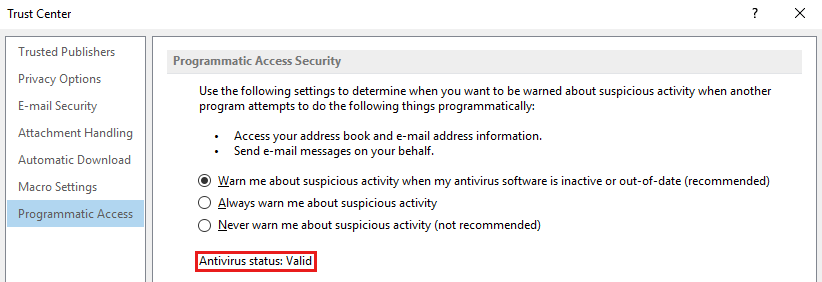
All three UI styles (radio, drop-down and single-action buttons) are available as a configurable block so that you can change workflow state from anywhere on any page you choose, not just the node edit form or the Workflow tab.ī) If you have Views enabled, a Workflow dashboard menu item will appear in the navigation menu.
#HOW TO SCHEDULE EMAIL TO SEND AFTER A PERIOD OF INACTIVITY FULL#
However, bring Workflow Named Transitions (currently D6 only) and Tokens into the mix and you have full control to place any text on your buttons, including context-sensitive details, such as Reject, return to or Go live with "". By default the names on the buttons are based on the workflow states you have defined. The module addresses two use-cases in particular:Ī) Finally! 4 years after this change request for Workflow, #73412: Add named, labeled transitions, you can now replace the traditional Workflow radio buttons by either a drop-down selector or by single-action buttons featuring explanatory labels (pictured), to achieve a more intuitive user experience. NOTE: Here, 50 days is the inactivity period and you can change it.When using Workflow (6.x, 7.x-1.2), be it with or without Rules (6.x), this module comes in handy to help you realise some common workflow-related scenarios and to spruce up your Workflow interface to create something more user-friendly. Run the command given below to delete disabled computer accounts:ĭsquery computer -inactive 7 | dsrm –noprompt.Run the command given below to delete the disabled user accountsĭsquery user -inactive 50 | dsrm–noprompt.

You can also drag-and-drop the user and computer account to any Organizational Unit.Īll the disabled inactive accounts after being moved to an organizational unit must be deleted to make sure that no one can use them at all. Right-click the username, select “Move” from the context menu and move the user to a standalone Organizational Unit. Method 3 – Move the account to an Organizational unitĪfter few days of disabling the accounts, these should be moved to a stand-alone organizational unit. Figure 3: Disabling inactive users and computers NOTE: Here, 30 days is the inactivity period and you can change it.

Method 1 – Reset Passwords of Inactive Accounts

Run the command given below in the “Command Prompt” to get a list of inactive computer accounts:Īfter listing inactive accounts, you manage them by performing below given methods (you can choose any method from these):.Run the command given below in the “Command Prompt” to get a list of inactive user accounts:.Step 1: List Inactive AccountsĮxecute the following commands to search the dormant accounts in the Active Directory.

The period after which unused user and computer accounts become inactive varies from organization to organization, but it is usually around 15 to 30 days.įollow the below steps within the specific time-intervals in your organization will help you deal with these obsolete account. IT Administrators are supposed to have a well-defined plan that defines when an unused user or computer becomes an inactive one, and what actions are to be taken once that happens. Therefore, it is important that administrators keep track of these inactive accounts at all times. If inactive accounts pile up in Active Directory, it becomes difficult for administrators to manage them. Manage Inactive User and Computer Accounts using Native Method


 0 kommentar(er)
0 kommentar(er)
